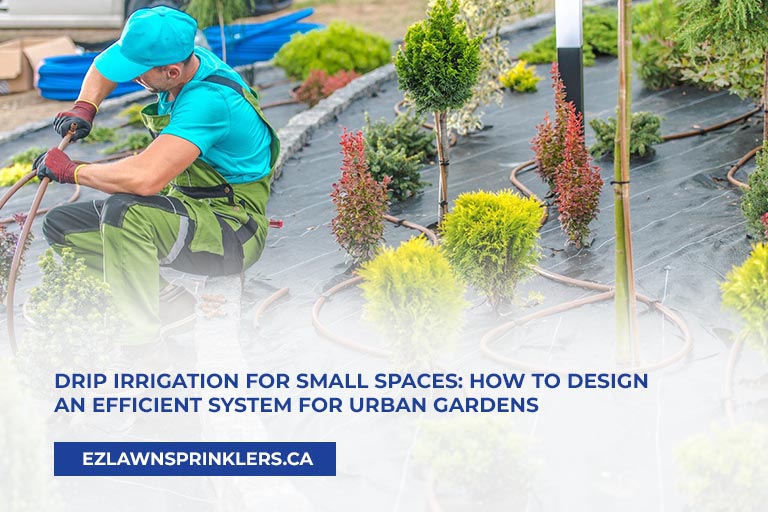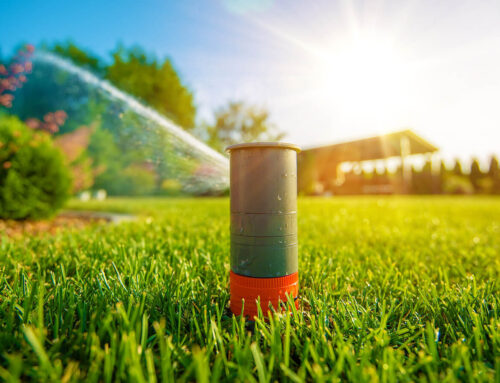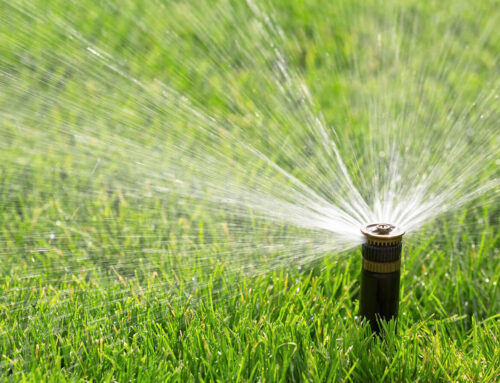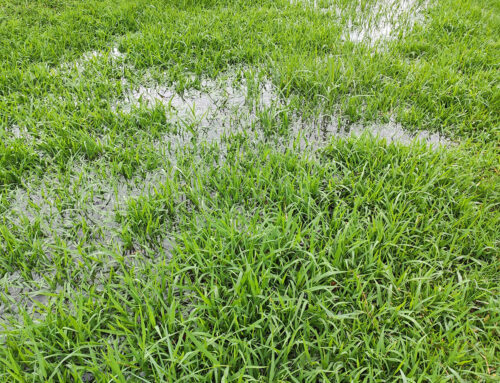Gardening in small urban spaces can be challenging, especially when it comes to watering efficiently. Drip irrigation offers a smart solution, which helps conserve resources in tight spaces. Learn how to design a drip irrigation system to maximize the potential of your urban garden.
Understanding Drip Irrigation Systems
Unlike traditional sprinkler systems, drip irrigation delivers water directly to the plant roots. This targeted approach maximizes water use, making it ideal for urban environments where every drop counts.
According to a report, drip irrigation systems can achieve water use efficiencies as high as 90%, significantly outperforming traditional sprinklers, which typically reach only 65-75% efficiency. This makes drip irrigation particularly valuable in areas where conserving water is crucial, such as arid regions or cities facing water restrictions.
Benefits of Drip Irrigation in Small Urban Gardens
- Water Conservation: With higher efficiency rates, drip irrigation drastically reduces water waste, a critical factor in urban areas with limited resources.
- Precision Watering: The system promotes healthier plant growth by preventing overwatering and reducing the risk of diseases.
- Reduced Evaporation and Runoff: Drip irrigation minimizes the amount of water lost to evaporation, especially in hot urban environments. It also reduces runoff, which is often a problem with traditional sprinklers.
Types of Drip Irrigation Systems for Small Spaces
- Soaker Hoses: Ideal for linear garden beds or narrow spaces, these hoses slowly seep water along their length, providing consistent moisture to the soil.
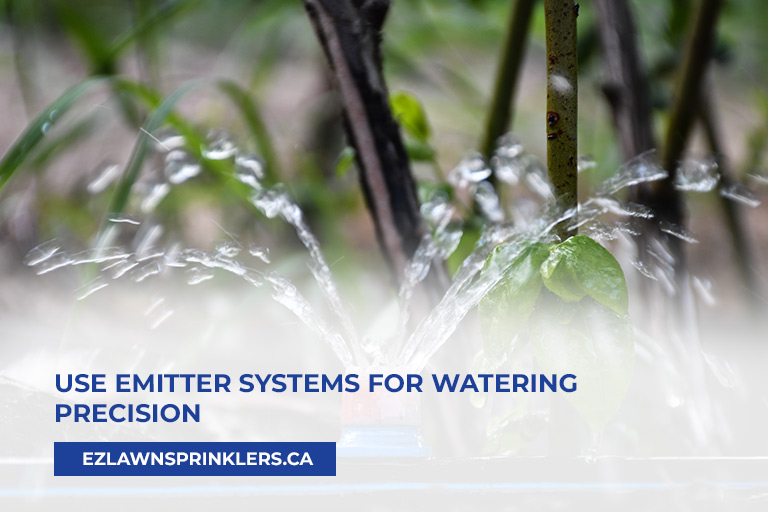
- Emitter Systems: These systems feature individual emitters placed near each plant, allowing for precise watering and adaptability to various plant types within a small garden.
- Micro-Sprayers: Though not as water-efficient as other types, micro-sprayers can be useful in areas where a gentle, broader coverage is needed, such as for delicate seedlings or ground cover.
Assessing Your Urban Garden Space
Designing an efficient drip irrigation system begins with a thorough assessment of your urban garden. Understanding the unique characteristics of your space ensures that your system will meet the specific needs of your plants while maximizing water efficiency.
- Evaluate Your Garden’s Layout and Size
Start by measuring the dimensions of your garden to determine the overall area that needs irrigation. Consider the shape and layout of your garden beds, containers, or raised planters, as these factors will influence how you arrange the drip lines.
For instance, a long, narrow garden may benefit from a linear layout with soaker hoses, while a more complex garden with various plant types might require a network of emitters.
- Identify the Watering Needs of Different Plants
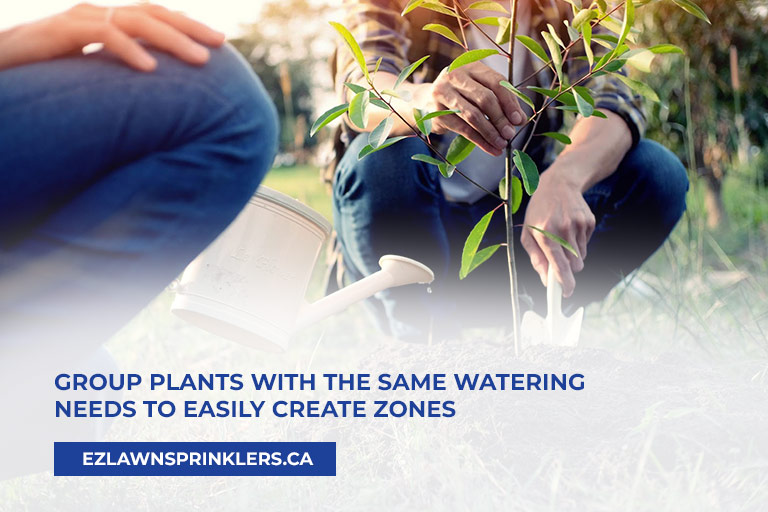
Different plants have different water requirements, which is crucial to consider when planning your system. For example, herbs and succulents typically need less water than vegetables or flowering plants.
Grouping plants with similar watering needs together allows you to tailor the system for optimal efficiency. Consider creating zones within your garden, each with its own drip line adjusted to the specific needs of the plants in that area.
- Consider Sun Exposure, Soil Type, and Plant Placement
Sun exposure and soil type will significantly impact the amount of water your plants will need. Areas of your garden that receive full sunlight will likely need more frequent watering than shaded areas.
Similarly, sandy soils will drain quickly and may require more water, while clay soils retain moisture longer. Assess the placement of each plant in relation to these factors to ensure your drip irrigation system is designed to deliver the right amount of water where it’s needed most.
Designing an Efficient Drip Irrigation System
Once you’ve assessed your garden space, it’s time to design a drip irrigation system that meets the unique needs of your urban garden. A well-planned system ensures that water is distributed evenly and efficiently, helping your plants thrive while conserving water.
- Plan the Layout of Your Drip Irrigation System
Begin by sketching a layout of your garden, marking the locations of all plants, beds, and containers. This visual plan will help you determine where to place your main tubing lines and emitters.
Consider the most direct routes for your tubing to minimize pressure loss and avoid unnecessary bends. If your garden has multiple zones with different watering needs, plan separate lines for each zone to allow for tailored watering schedules.
- Choose the Right Components
Selecting the right components is essential for a successful drip irrigation system. Key components include:
- Tubing: Choose tubing that matches the scale of your garden. For small spaces, ¼-inch tubing is often sufficient, while larger gardens may require ½-inch tubing.
- Connectors: Use connectors to join tubing sections and navigate around obstacles in your garden. Elbow, T-shaped, and cross-connectors allow for flexible layout options.
- Emitters: Emitters are the heart of the system, delivering water directly to your plants. Select emitters based on your plant’s water needs, with lower-flow emitters for water-conserving plants and higher-flow emitters for thirstier varieties.
- Space the Emitters for Even Water Distribution
Proper spacing of emitters is crucial to ensure that all plants receive adequate water. For most garden beds, placing emitters 12-18 inches apart is effective. However, spacing may vary based on soil type and plant needs.
In sandy soils, closer spacing may be necessary to prevent dry spots, while clay soils can allow for wider spacing. Be mindful of overlapping coverage to avoid overwatering any areas.
- Incorporate Automation with Timers and Moisture Sensors
To further enhance efficiency, consider adding automation to your drip irrigation system. Timers allow you to schedule watering sessions based on your garden’s needs, reducing the risk of overwatering.
Moisture sensors can be integrated to monitor soil moisture levels, ensuring your plants receive water only when necessary. This automated approach not only saves water but also frees you from the daily task of manual watering.
Installation and Setup
With your design in hand, the next step is to install and set up your drip irrigation system. Proper installation ensures that your system operates efficiently and delivers water exactly where it’s needed. Here’s a step-by-step guide to help you get started.
- Set Up the Main Water Source
Begin by connecting your drip irrigation system to a reliable water source. Most urban gardeners connect their system to an outdoor faucet or a rain barrel for sustainable water use.
Install a backflow preventer to protect your water supply from contamination, followed by a pressure regulator to ensure the water pressure is suitable for your drip system. A filter is also essential to prevent debris from clogging the emitters.
- Lay Out the Tubing
Unroll your main tubing and lay it along the planned routes in your garden. Secure the tubing with stakes to keep it in place, especially around curves or changes in elevation. If your garden layout requires multiple tubing lines, use connectors to branch off the main line. Take care to avoid sharp bends in the tubing, as these can restrict water flow.
- Install Emitters and Micro-Sprayers
Once the tubing is in place, install the emitters or micro-sprayers at the designated spots near your plants. Punch small holes in the tubing where each emitter will be placed, and insert the emitters securely.
For gardens with varied plant types, consider using adjustable emitters that allow you to fine-tune the water flow to each plant’s specific needs. If you’re using micro-sprayers, ensure they are positioned to provide even coverage without overspray.
- Connect the System to a Timer or Automation
To optimize your system’s efficiency, connect it to an automated timer. Set the timer to water your garden during the early morning or late evening hours to reduce evaporation.
If you’ve included moisture sensors, program your timer to water only when the soil moisture drops below a certain threshold. This automation saves water and reduces the need for manual intervention.
- Test and Adjust the System
Before regular use, it’s crucial to test your drip irrigation system to ensure it’s working properly. Turn on the water and check for leaks, especially at the connections.
Observe the emitters to ensure they are delivering water evenly and adjust any that may be under or overwatering. If you encounter any issues during installation, consult a professional drip irrigation or sprinkler system installer for assistance.
Ready to Transform Your Urban Garden?
A well-designed drip irrigation system can make all the difference in your urban garden, ensuring your plants thrive while conserving water. If you’re ready to get started or need expert advice on drip irrigation in Toronto, contact EZ Lawn Sprinklers at (416) 580-3939. Let’s bring your garden to life!

